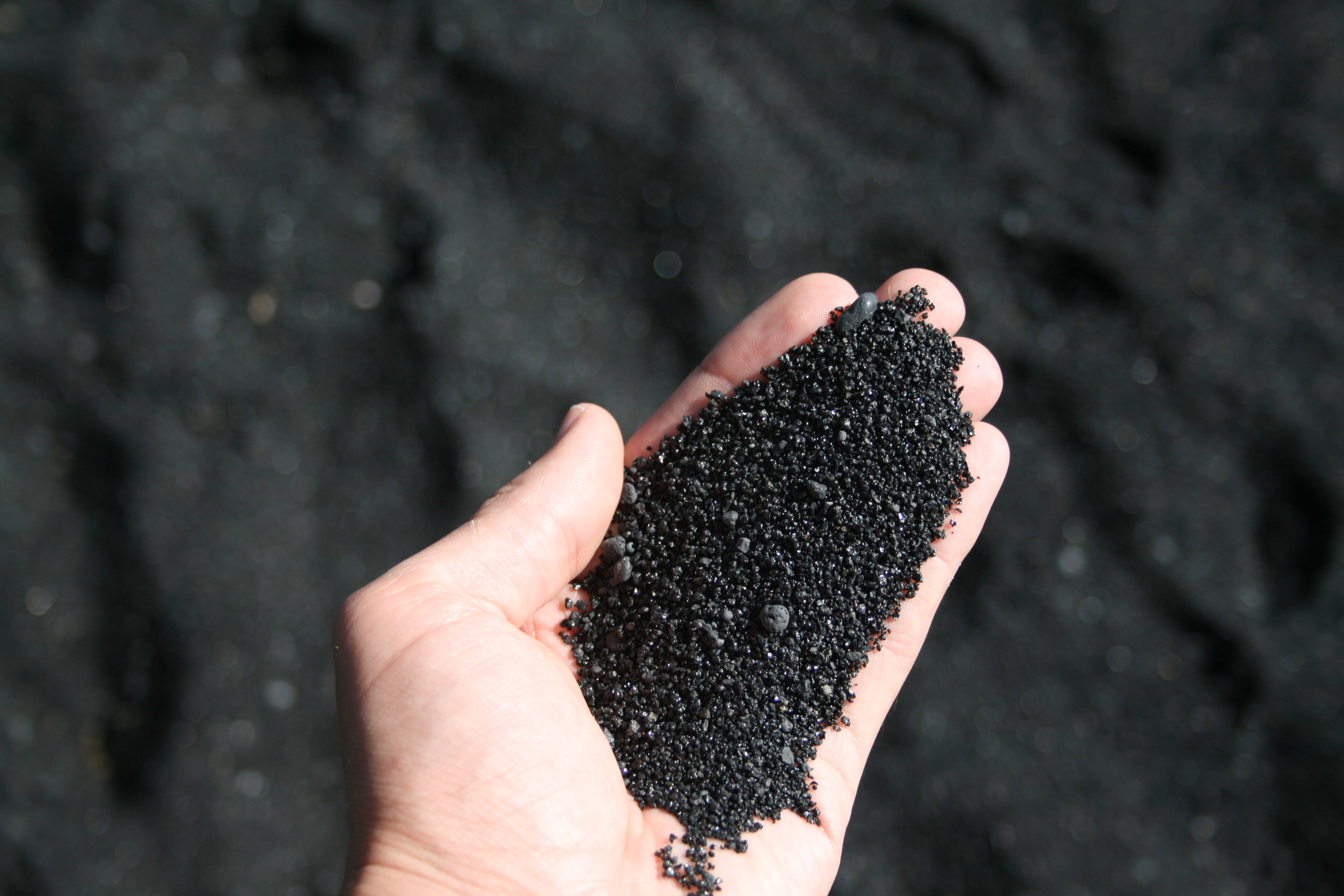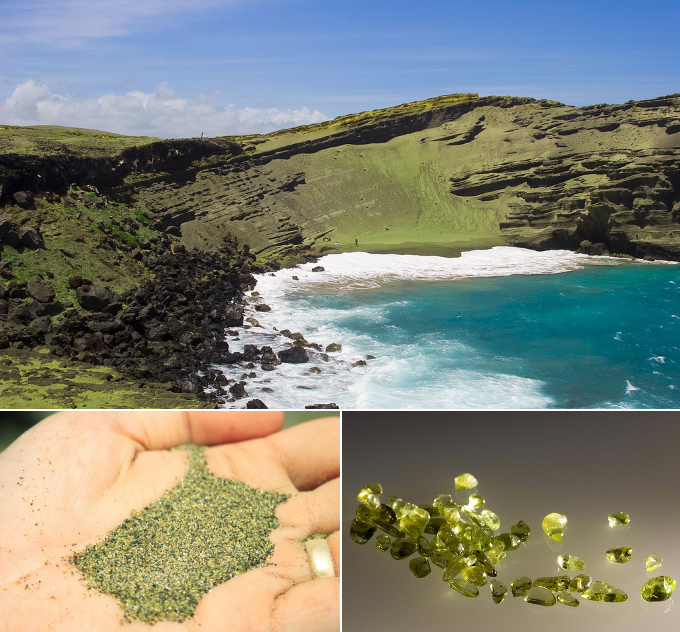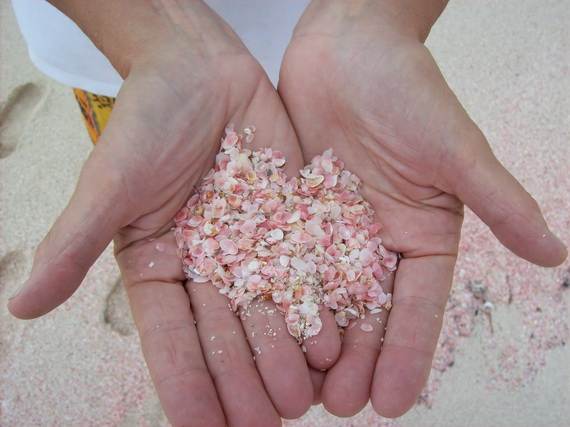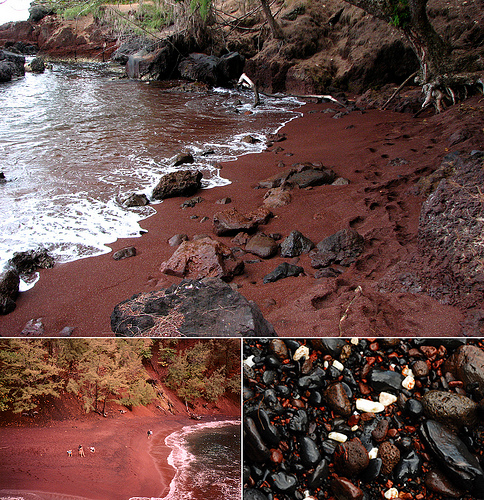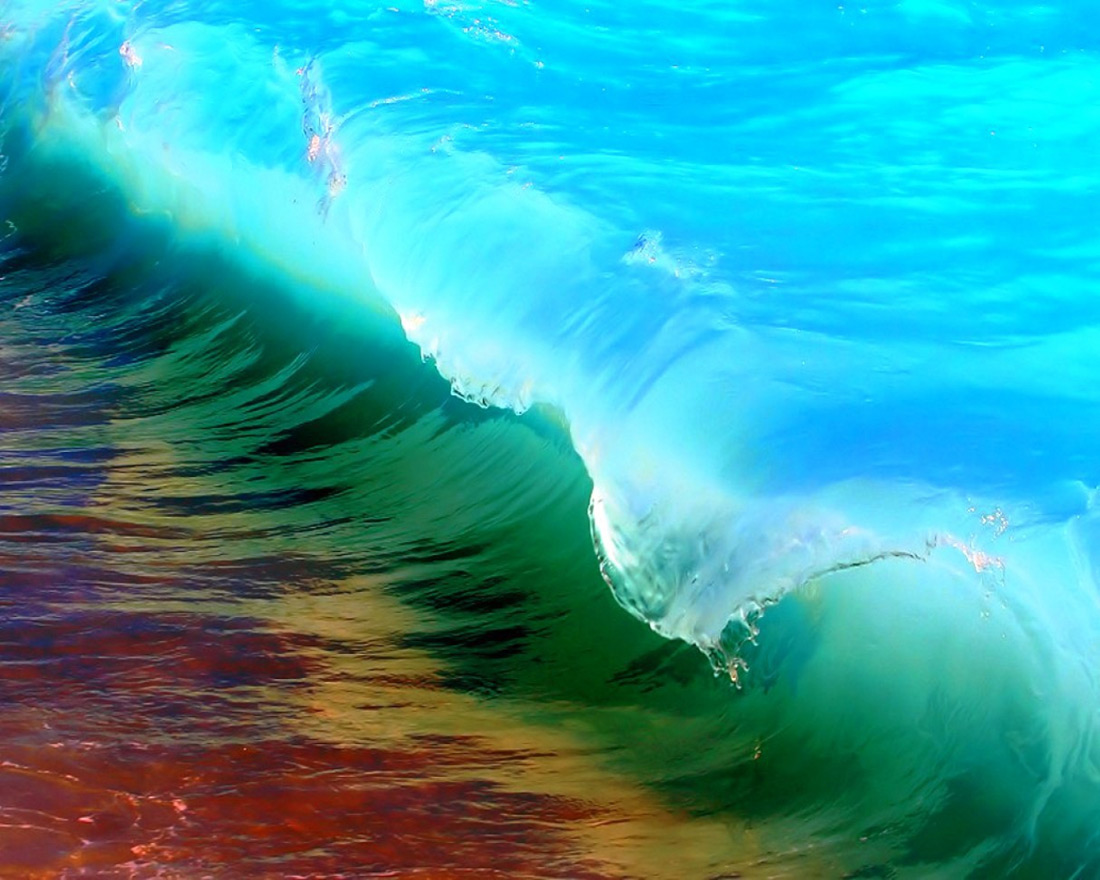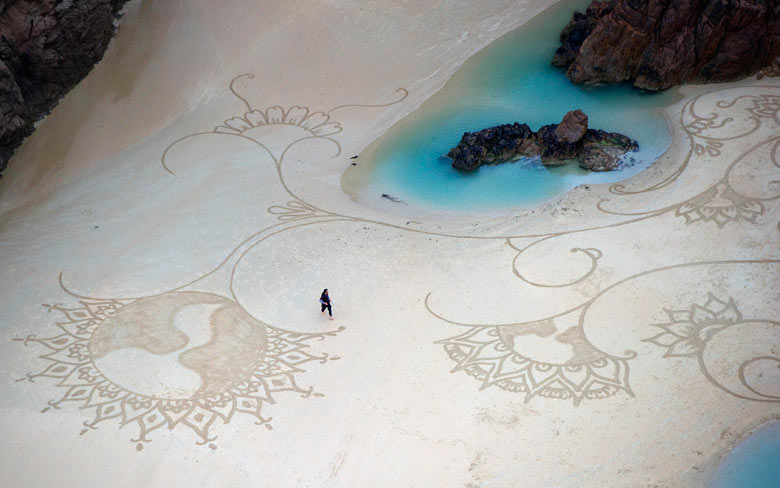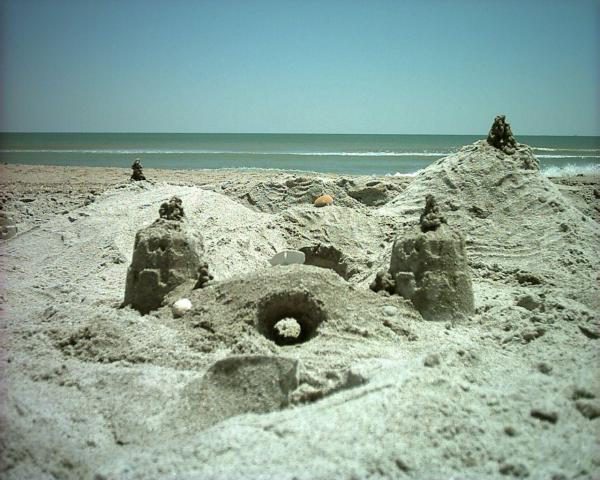The Hourglass
 An hourglass (sandglass, sand timer, sand clock, egg timer) measures the passage of a few minutes or an hour of time. It has two connected vertical glass bulbs allowing a regulated trickle of material from the top to the bottom. Once the top bulb is empty, it can be inverted to begin timing again. The name hourglass comes from historically common hour timing, Factors affecting the time measured include the amount of sand, the bulb size, the neck width, and the sand quality.
An hourglass (sandglass, sand timer, sand clock, egg timer) measures the passage of a few minutes or an hour of time. It has two connected vertical glass bulbs allowing a regulated trickle of material from the top to the bottom. Once the top bulb is empty, it can be inverted to begin timing again. The name hourglass comes from historically common hour timing, Factors affecting the time measured include the amount of sand, the bulb size, the neck width, and the sand quality. The origin of the hourglass is unclear, although it may have been introduced to Europe by an 8th-century monk named Luitprand, who served at the cathedral in Chartres, France. It was not until the 14th century that the hourglass was seen commonly. The hourglass is believed to have originated in medieval Europe. This theory is based on the fact that the first written records of it were mostly from logbooks of European ships.Written records from the same period mention the hourglass, and it appears in lists of ships stores.
Hourglasses were very popular on board ships, as they were the most dependable measurement of time while at sea. Unlike the clepsydra, the motion of the ship while sailing did not affect the hourglass. The fact that the hourglass also used granular materials instead of liquids gave it more accurate measurements, as the clepsydra was prone to get condensation inside it during temperature changes. Seamen found that the hourglass was able to help them determine longitude, distance east or west from a certain point, with reasonable accuracy.
The hourglass also found popularity on land as well. As the use of mechanical clocks to indicate the times of events like church services became more common, creating a 'need to keep track of time', the demand for time-measuring devices increased. Hourglasses were essentially inexpensive, as they required no rare technology to make and their contents were not hard to come by, and as the manufacturing of these instruments became more common, their uses became more practical.
Hourglasses were commonly seen in use in churches, homes, and work places to measure sermons, cooking time, and time spent on breaks from labor.Because they were being used for more everyday tasks, the model of the hourglass began to shrink. The smaller models were more practical and very popular as they made timing more discreet.
The shape behind the hourglass has hardly any written evidence of why its external form is the shape that it is. The glass bulbs used, however, have changed in style and design over time. While the main designs have always been ampoule in shape, the bulbs were not always connected. The first hourglasses were two separate bulbs with a cord wrapped at their union that was then coated in wax to hold the piece together and let sand flow in between. It was not until 1760 that both bulbs were blown together to keep moisture out of the bulbs and regulate the pressure within the bulb that varied the flow.
Hourglass also refers to a body shape of women. In this shape bust and hip are significantly large with narrow waist resembling the shape of an hourglass.
Sourced from: Wikipedia
I choose this video because I felt it was a great representation of how the movement of sand in an hourglass correlates well with the concept of representing time passing. It also allows for a person to see how sand can calculate time just like other natural elements. Hourglass are something that have been around for ages. Sand is one of those materials that has incredible diversity. There is something so powerful about watching the sand stream down in an hour glass.








